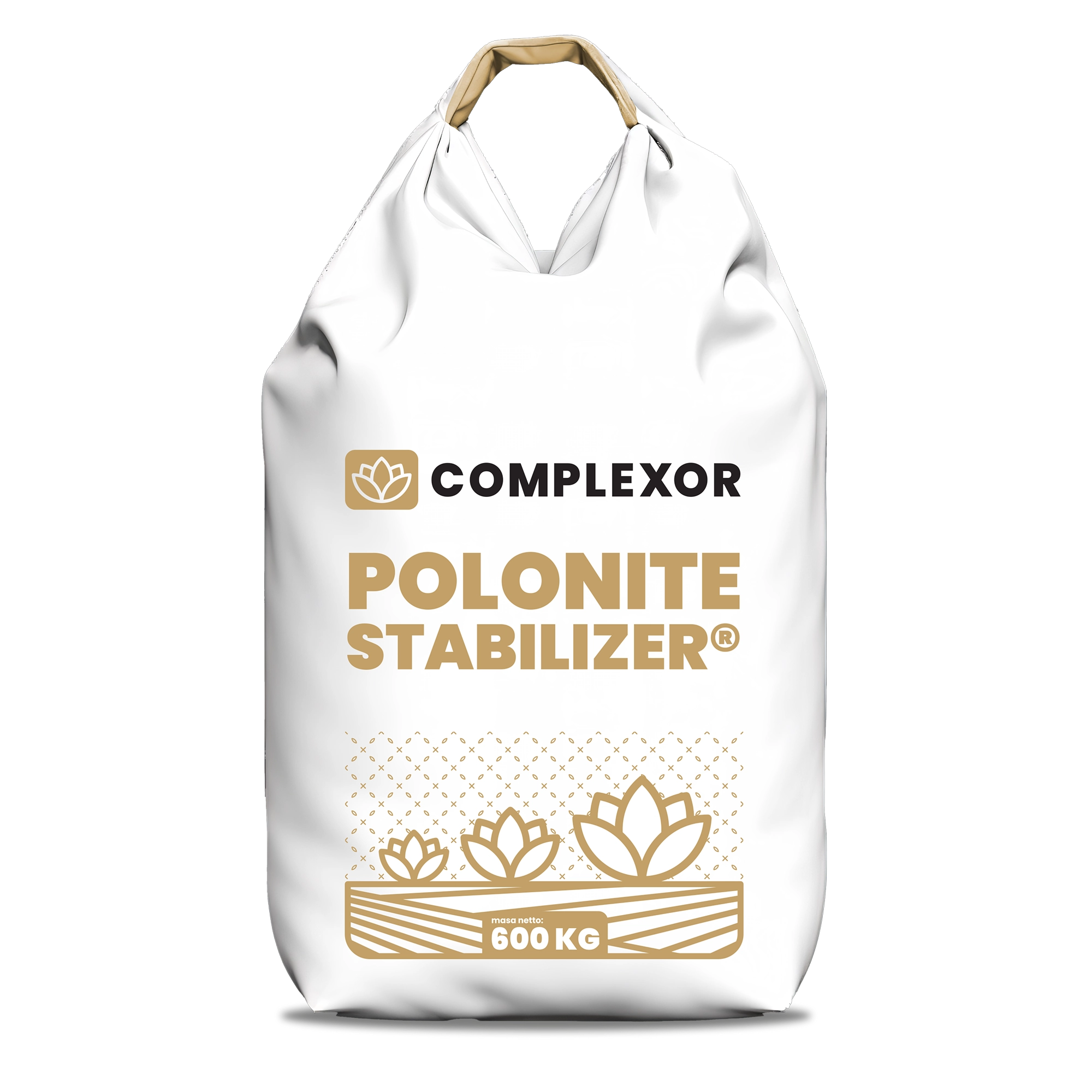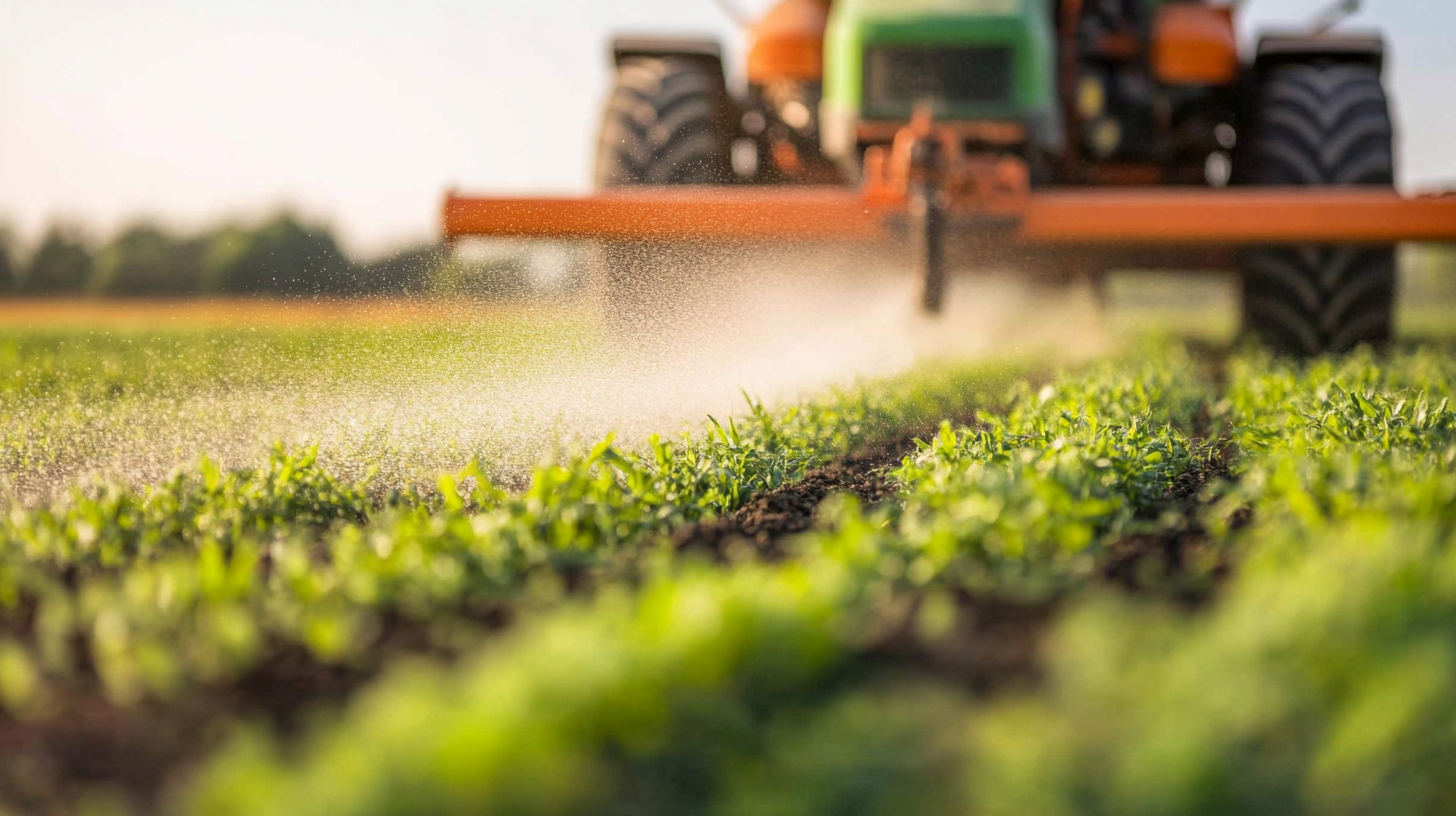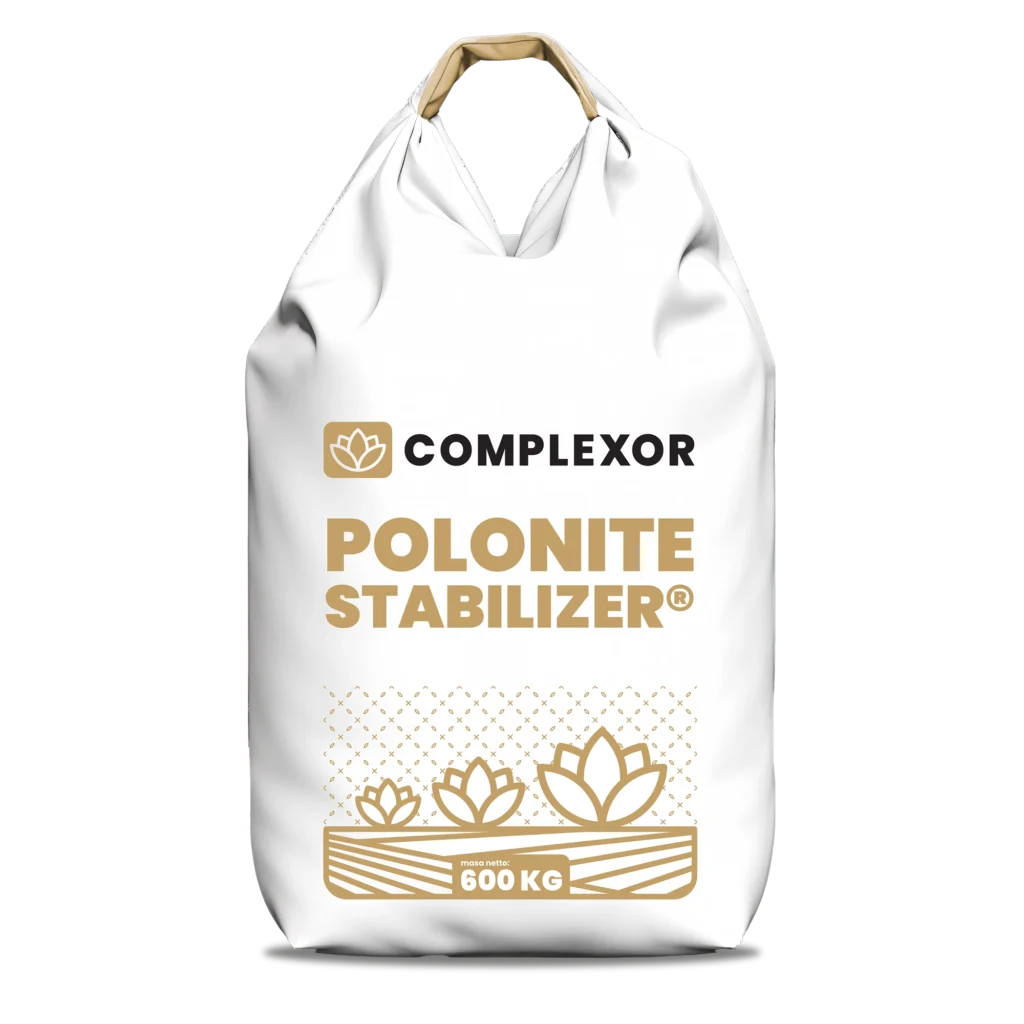Sulfur (S) is one of the essential plant nutrients, classified – alongside nitrogen (N), phosphorus (P), potassium (K), calcium (Ca), and magnesium (Mg) – as a macronutrient. Although plants have high requirements for sulfur, this element is often overlooked in fertilization practices. Yet its presence is indispensable for proper growth, high-quality yields, and improved plant resistance to environmental stress.
The Importance of Sulfur for Plants
Sulfur participates in many key metabolic processes:
• supports the synthesis of proteins and fats,
• influences the taste and aroma of vegetables (e.g., onion, garlic),
• increases carotene content,
• improves the quality of oilseed crops,
• activates enzymes and supports photosynthesis,
• enhances nitrogen utilization,
• strengthens resistance to diseases, drought, and low temperatures.
It is also essential for the formation of sulfur-containing amino acids (cysteine, methionine), vitamins (e.g., B1), and aromatic compounds. Crops with high sulfur demand include rapeseed, soybean, alfalfa, clover, peas, beans, sunflower, onion, garlic, potato, maize, beet, and cereals. From one hectare, they can absorb up to 40 kg S or more.
Sulfur in Soil – Forms, Cycle, and Availability
In soil, sulfur occurs in both organic and inorganic forms. Its availability to plants depends on:
• organic matter content,
• microbial activity,
• oxygen conditions,
• soil pH.
Under aerobic conditions, organic sulfur compounds are transformed into sulfates (SO₄²⁻) – the form available to plants. Under anaerobic conditions, hydrogen sulfide (H₂S) may form, binding with iron to create poorly available sulfides. On light soils, sulfur is easily leached, leading to deficiencies, especially in regions distant from industrial SO₂ emissions.
Deficiency Symptoms and Effects
• First signs of sulfur deficiency include:
• chlorosis (yellowing) of young leaves,
• stunted growth,
• stiffness and brittleness of tissues,
• in rapeseed – pale flowers, arch-shaped leaves, deformed pods.
Deficiencies reduce both yield quantity and quality – in rapeseed, yield losses of up to 30% may occur due to weak pollination. They also lower protein and fat content in plants.
Note: sulfur is released gradually – fertilization should be planned in advance. Its efficiency increases at optimal soil pH (approx. 6.0–6.5), so monitoring pH and applying lime when needed is essential.
Sulfur and Its Interaction with Other Nutrients
Sulfur closely interacts with other nutrients:
Start with Soil Analysis
For sulfur fertilization to be effective, it is advisable to conduct soil analysis – to determine pH and macronutrient content. Such testing can be done at Regional Chemical and Agricultural Stations. This simple step helps optimize fertilization and improve farm profitability.
Urszula Zimnoch
PhD Eng. Agricultural Sciences






